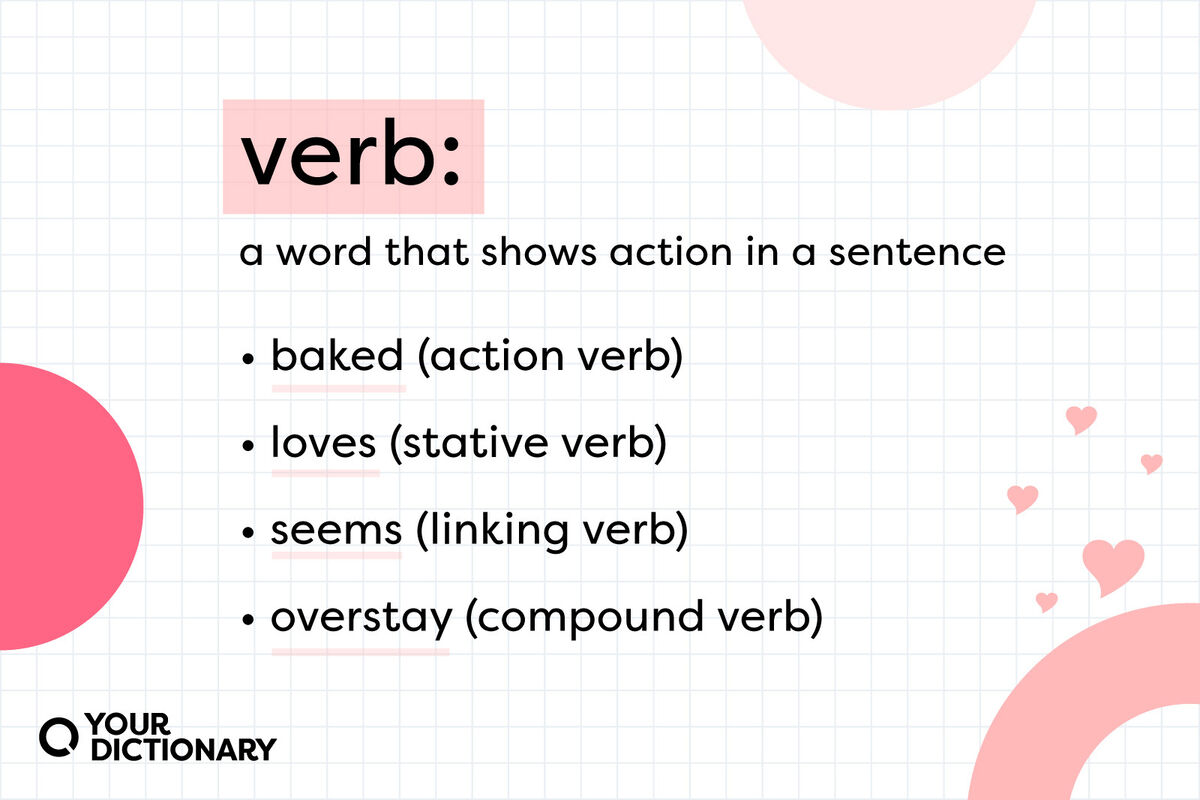Kata Kerja Pasif: A Comprehensive Guide
Introduction to Kata Kerja Pasif
Learning a new language can be challenging, especially when it comes to understanding different verb forms. One of the crucial aspects of mastering Indonesian is getting a grip on kata kerja pasif or passive verbs. But what exactly are passive verbs, and why are they important?
Understanding the Basics of Passive Verbs
Active vs. Passive Verbs
In any language, verbs play a pivotal role. They can be categorized into active and passive forms. An active verb shows that the subject is performing the action. For instance, in the sentence “The cat chases the mouse,” “chases” is an active verb. On the other hand, a passive verb indicates that the subject is receiving the action. For example, “The mouse is chased by the cat.”
Structure of Passive Sentences
Passive sentences typically follow a specific structure:
- Subject + “to be” + past participle + (by + agent)
In Indonesian, it looks like this:
- Subject + di- + verb base + (oleh + agent)
Common Uses of Passive Verbs
Passive verbs are used to:
- Emphasize the action rather than the subject.
- Create a formal tone.
- Focus on the recipient of the action.
Forming Passive Verbs in Indonesian
Basic Rules for Forming Passive Verbs
In Indonesian, passive verbs are usually formed by adding the prefix di- to the base form of the verb. For example:
- Makan (to eat) → Dimakan (to be eaten)
- Baca (to read) → Dibaca (to be read)
Examples of Passive Verb Conjugations
Here are a few more examples to illustrate:
- Buat (to make) → Dibuat (to be made)
- Tuliskan (to write) → Dituliskan (to be written)
Differences Between Active and Passive Formations
In the active voice, the verb remains in its base form. However, in the passive voice, the verb gets the di- prefix:
- Active: Guru mengajar murid. (The teacher teaches the students.)
- Passive: Murid diajar oleh guru. (The students are taught by the teacher.)
Types of Passive Verbs
Transitive Verbs in Passive Form
Transitive verbs, which require an object, are commonly converted to passive form. For example:
- Mengirim surat (to send a letter) → Surat dikirim (The letter is sent)
Intransitive Verbs in Passive Form
Although less common, intransitive verbs (verbs that do not require an object) can also be used in passive constructions, especially in certain contexts. However, the structure might change slightly.
Common Mistakes and How to Avoid Them
Misplacement of Objects and Subjects
A common mistake is swapping the subject and object positions. Ensure the object of the active sentence becomes the subject of the passive sentence.

Incorrect Verb Forms
Using the wrong verb form can alter the meaning of the sentence. Always use the correct di- prefix with the base form of the verb.
Overuse of Passive Voice
While passive voice is useful, overusing it can make your writing seem indirect or vague. Balance is key.
Contextual Uses of Passive Verbs
Formal Writing and Passive Voice
Passive voice is often preferred in formal writing to create an impersonal tone. For example:
- The report was completed on time. (Laporan diselesaikan tepat waktu.)
Passive Voice in Everyday Conversation
In daily conversations, passive verbs are less frequent but still important for emphasizing certain points or actions.
Advantages and Disadvantages of Using Passive Verbs
When to Use Passive Voice
Use passive voice when the action’s recipient is more important than the doer, or when the doer is unknown:
Conclusion
Mastering kata kerja pasif is essential for anyone looking to achieve fluency in Indonesian. By understanding the basics, practicing regularly, and using the right resources, you can effectively incorporate passive verbs into your language repertoire. Whether you’re aiming for formal writing, everyday conversation, or advanced linguistic constructions, passive verbs offer a versatile tool to enhance your Indonesian communication skills. Remember to strike a balance between active and passive forms to maintain clarity and engagement in your speech and writing.
FAQs on Kata Kerja Pasif
- What is the main difference between active and passive verbs?
- Active verbs show the subject performing the action, while passive verbs show the subject receiving the action.
- Why are passive verbs important in Indonesian?
- They are crucial for formal writing and situations where the action’s recipient is more important than the doer.
- Can intransitive verbs be used in passive form?
- Yes, though it’s less common and context-dependent.
- How can I avoid overusing passive voice?
- Balance passive and active constructions to maintain clarity and directness in your writing.
- What resources are best for learning passive verbs?
- Books like “Indonesian Grammar in Context” and online platforms like Duolingo and Coursera.
Conclusion
Mastering kata kerja pasif is essential for anyone looking to achieve fluency in Indonesian. By understanding the basics, practicing regularly, and using the right resources, you can effectively incorporate passive verbs into your language repertoire. Whether you’re aiming for formal writing, everyday conversation, or advanced linguistic constructions, passive verbs offer a versatile tool to enhance your Indonesian communication skills. Remember to strike a balance between active and passive forms to maintain clarity and engagement in your speech and writing.

